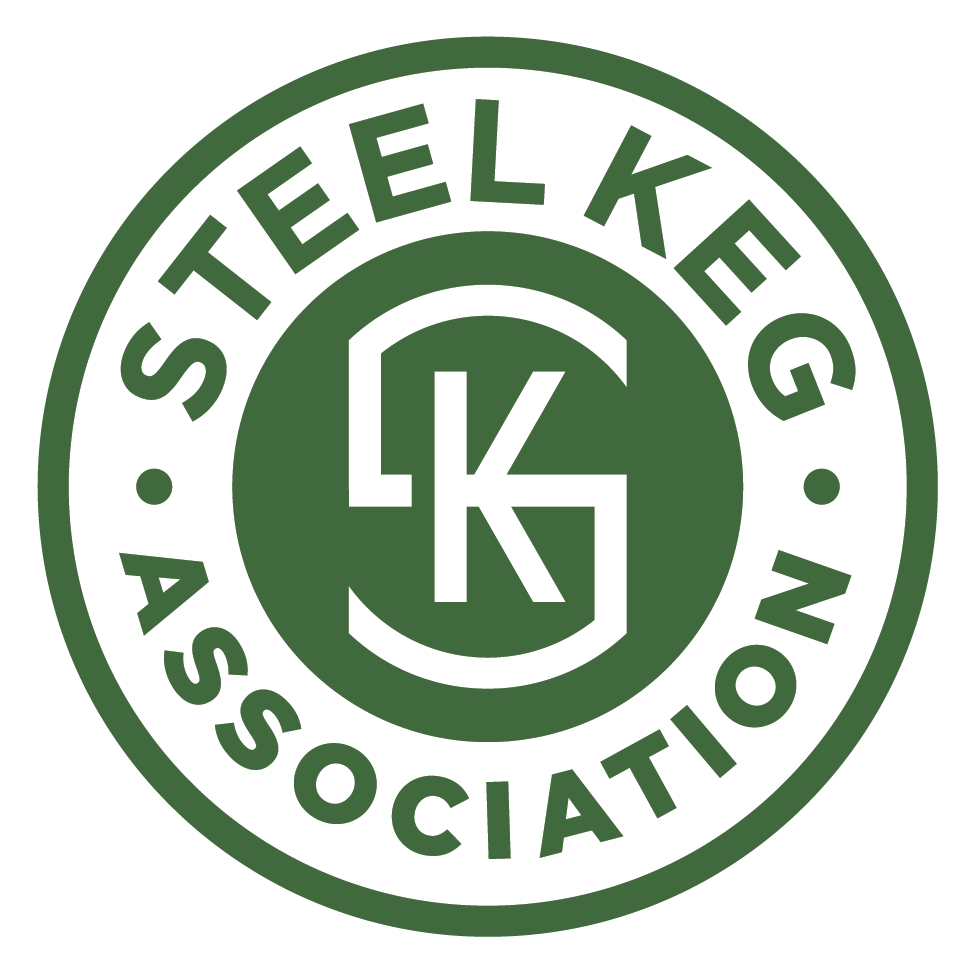96% Less Waste, 68% Fewer Emissions: The Shocking Truth About Steel Kegs
How Steel Kegs Are Driving Sustainability in the Beverage Industry
As Earth Day approaches, it’s time to reflect on how we can make a lasting impact on our planet. Sustainability isn’t just a trend—it’s a necessity. And in the beverage industry, one innovation is quietly leading the charge: the humble steel keg.
Steel kegs aren’t just a vessel for your favorite beer or soda; they’re a powerful tool in the fight against waste and climate change. Let’s dive into how steel kegs are helping to close the loop and create a more sustainable future, just in time for Earth Day.
1. Earth Day and the Circular Economy: A Perfect Match
Earth Day is all about celebrating our planet and taking action to protect it. One of the most effective ways to do this is by embracing the circular economy—a system designed to eliminate waste, keep resources in use, and regenerate natural systems [Ellen MacArthur Foundation, "The New Plastics Economy: Rethinking the Future of Plastics," 2016].
Unlike the traditional "take-make-waste" model, the circular economy focuses on reusing, recycling, and reducing. Steel kegs are a shining example of this principle.
2. Why Steel Kegs Are a Sustainability Superstar
Steel kegs are more than just durable containers; they’re a game-changer for sustainability. Here’s why:
Reusability: A single steel keg can be reused for up to 30 years, replacing thousands of single-use containers. That's 30 years of fewer cans and bottles clogging landfills [American Iron and Steel Institute, "Steel Kegs: A Sustainable Choice," 2020].
Durability: Built to withstand the toughest conditions, steel kegs are the tanks of the beverage world. They're designed to last, reducing the need for constant replacements.
Recyclability: At the end of their long life, steel kegs are 100% recyclable. The steel can be melted down and repurposed indefinitely without losing its quality [Recycle Across America, "Steel Recycling Facts," 2021].
By choosing steel kegs, the beverage industry can significantly reduce its environmental footprint, a win for both businesses and the planet.
3. The Environmental Impact: By the Numbers
Let’s talk numbers. The stats behind steel kegs are nothing short of impressive:
Waste Reduction: A single steel keg can replace up to 25,000 single-use containers over its lifetime. That's a 96% reduction in waste [American Iron and Steel Institute, "Steel Kegs: A Sustainable Choice," 2020].
Carbon Emissions: Switching to steel kegs can lead to a 68% decrease in CO2 emissions compared to single-use packaging [Carbon Trust, "Carbon Footprint of Beverage Packaging," 2020].
Industry-Wide Impact: If the beer industry alone adopted steel kegs, it could eliminate over 400 million single-use containers annually [Brewers Association, "Craft Beer Industry Market Segments," 2022].
These numbers aren’t just impressive; they’re a call to action. By embracing steel kegs, we can make a tangible difference in the fight against climate change.
4. Steel Kegs vs. Single-Use Containers: The Ultimate Showdown
Single-use containers might seem convenient, but they come at a steep environmental cost. Here’s how steel kegs stack up:
The choice is clear: steel kegs are the sustainable option.
5. Earth Day Action Plan: How You Can Make a Difference
This Earth Day, let’s commit to making sustainable choices—both as individuals and as an industry. Here’s how you can get involved:
Support Businesses That Use Steel Kegs: When you choose draft beverages, you’re voting with your wallet for sustainability.
Spread the Word: Educate others about the benefits of steel kegs and the circular economy. Awareness is the first step toward change.
Advocate for Policy Change: Support initiatives like the CHEERS Act, which incentivizes reusable packaging and accelerates the transition to a circular economy [U.S. Congress, "CHEERS Act," 2021].
6. Raise a Glass to a Sustainable Future
This Earth Day, let’s celebrate the progress we’ve made and the work still to be done. Steel kegs are more than just a packaging solution; they’re a symbol of what’s possible when we prioritize sustainability.
By embracing circular economy principles and investing in innovations like steel kegs, we can create a future where waste is a thing of the past. So, let’s raise a glass (from a steel keg, of course) to a healthier, more sustainable planet.
Sources:
American Iron and Steel Institute, "Steel Kegs: A Sustainable Choice," 2020.
World Steel Association, "Steel's Role in the Circular Economy," 2021.
Recycle Across America, "Steel Recycling Facts," 2021.
Environmental Protection Agency, "Advancing Sustainable Materials Management," 2021.
Carbon Trust, "Carbon Footprint of Beverage Packaging," 2020.
Brewers Association, "Craft Beer Industry Market Segments," 2022.
Ellen MacArthur Foundation, "The New Plastics Economy: Rethinking the Future of Plastics," 2016.
McKinsey & Company, "The Circular Economy: Moving from Theory to Practice," 2020.
Nielsen, "Global Sustainability Report," 2021.
U.S. Congress, "CHEERS Act," 2021.







